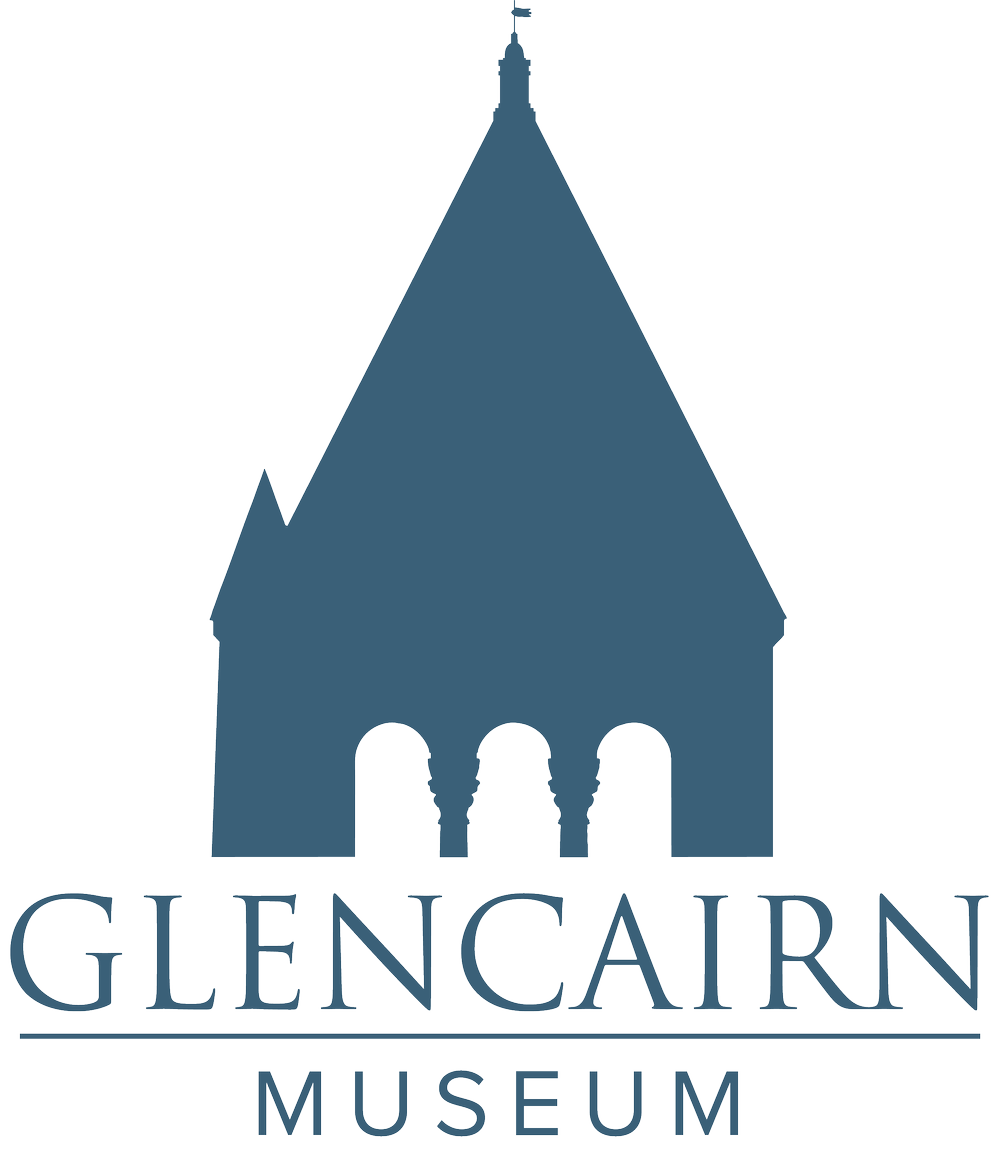Number 9, 2016
In this essay Eva Miller, PhD candidate at the University of Oxford, considers the five Assyrian reliefs in Glencairn’s Ancient Near East gallery. Collected by Raymond Pitcairn during the 1920s, these reliefs are “an exceptionally well-chosen group, representing diverse aspects of the religion, ideology, and artistry of the Assyrian Empire and typifying the development of the genre over time.” Miller examines the meaning of the images in these reliefs and how they have been received in both ancient and modern times.
Read MoreNumber 8, 2016
Many first-time visitors to Glencairn Museum experience the building’s dramatic exterior before ever venturing inside. Glencairn’s grounds and gardens, together with those of Bryn Athyn Cathedral and Cairnwood Estate, are a favorite strolling destination for local residents. On Glencairn’s southwest corner, a graceful portico leads from the expansive lawn and carefully tended gardens to a magnificent cloister. This issue of Glencairn Museum News explores the cloister and the inspirations behind its design—including the capitals of the arcade with twelve species of birds, the twin-arched window providing a view toward the valley, and the special bench featuring a ram and ewe, carved from granite for Raymond and Mildred Pitcairn.
Read MoreNumber 7, 2016
Glencairn Museum’s large book of plainchant (75cm tall) was made in 16th-century Spain, most likely for the monastic Order of Calatrava. Like a modern hymnal, it contains the music needed for religious services, including 116 hymns as well as antiphons, responsories, and other music.
Read MoreNumber 6, 2016
Recently Glencairn Museum News interviewed Jens Langlotz, Master Stone Carver at Bryn Athyn Cathedral, about the history of stone carving in Bryn Athyn and about ongoing preservation efforts at the Cathedral and Glencairn. Then we climbed the scaffold above the Cathedral’s south entry to watch Jens and his assistant, Grayson Zuber, in action as they replaced several badly worn limestone finials with exact copies.
Read MoreNumber 5, 2016
In this essay for Glencairn Museum News, Dr. Julia Perratore, Mellon Curatorial Fellow at the Metropolitan Museum of Art, explores the world of the medieval sculptor, who mastered “a craft that was challenging and at times back-breaking, requiring flexibility and ingenuity.”
Read MoreNumber 4, 2016
The year 2016 marks the 100th anniversary of the official incorporation of Bryn Athyn as a borough in Montgomery County, Pennsylvania. A Hill of Unity: The Founding of Bryn Athyn Borough (Friday, April 15 - Sunday, October 16, 2016) presents artifacts, maps, photographs and documents illustrating the early development of this community, leading up to the year of incorporation in 1916.
Read MoreNumber 3, 2016
In 1982, as Glencairn was in the process of being transformed from a family home into a museum, an unusual work of ancient art was discovered in one of the family bedrooms—being used as a doorstop! In this essay, David and Irene Romano discuss Glencairn’s Syro-Hittite siren cauldron attachment and compare it to other known examples from the ancient Greek and Near Eastern worlds.
Read MoreNumber 2, 2016
For the first time in decades, Glencairn Museum is exhibiting three Easter scenes made in the 1920s for the Raymond and Mildred Pitcairn family. The scenes were designed by Winfred S. Hyatt, the principal stained-glass artist and designer for Bryn Athyn Cathedral and Glencairn.
Read MoreNumber 1, 2016
The biblical story of the Flight into Egypt recounts how Joseph took Jesus and Mary to Egypt after an angel warned him in a dream that Herod was planning to kill the Christ Child (Gospel of Matthew 2:13-15). Glencairn’s 12th-century panel of stained glass depicting this event, from the Abbey Church of Saint-Denis, may be the Museum’s most famous work of art—but this was not always the case.
Read MoreNumber 12, 2015
This year Glencairn Museum is featuring two exhibitions during the holiday season. Christmas Traditions in Many Lands reveals how Christmas was celebrated in a variety of European countries during the 19th and 20th centuries. It features objects and images from the collection of the National Christmas Center and Museum. Our seventh annual World Nativities exhibition presents 45 three-dimensional Nativity scenes, collected from around the world.
Read More